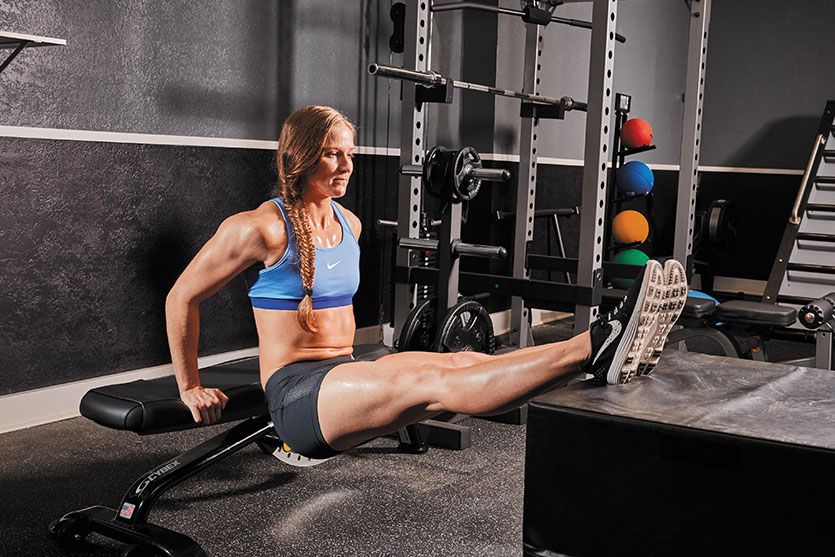
Strategies for Cross-Training in Recreational Sports
- 0
Recreational sports are a great way to get active and have fun. Whether you enjoy playing basketball, soccer, or tennis, cross-training can greatly enhance your performance and overall fitness level. Cross-training involves participating in different types of exercises and activities to improve overall strength, endurance, and agility. In this article, we will discuss some effective strategies for cross-training in recreational sports.
1. Identify Your Weaknesses
The first step in creating a successful cross-training routine is to identify your weaknesses. Take some time to assess your strengths and weaknesses in your chosen recreational sport. Are you a strong runner but lack upper body strength in basketball? Or do you struggle with endurance in soccer? Once you have identified your weaknesses, you can create a cross-training plan that targets those areas specifically.
2. Mix Up Your Workouts
When cross-training, it is important to mix up your workouts to challenge different muscle groups and prevent boredom. Incorporate a variety of activities such as swimming, cycling, weightlifting, and yoga into your routine. This will not only improve your overall fitness but also prevent overuse injuries associated with repetitive movements.
3. Prioritize Strength Training
Strength training is a crucial component of cross-training for recreational sports. Building strength is not only important for improving performance but also for injury prevention. Incorporate exercises that target both upper and lower body, such as squats, lunges, push-ups, and planks. Aim to strength train at least two to three times per week, allowing for adequate rest and recovery between sessions.
4. Include Endurance Training
Endurance training is another vital aspect of cross-training. It helps improve cardiovascular fitness and stamina. Engage in activities that elevate your heart rate and challenge your endurance, such as running, swimming, or cycling. Gradually increase the duration and intensity of your endurance workouts to continually push your limits and improve performance in your recreational sport.
5. Improve Flexibility and Mobility
Flexibility and mobility are often overlooked but play a significant role in recreational sports. Enhancing your flexibility can improve your range of motion, agility, and reduce the risk of injuries. Incorporate stretching exercises and yoga into your cross-training routine to enhance flexibility and muscular balance. Additionally, consider foam rolling or other self-massage techniques to release tension and promote better mobility.
6. Rest and Recovery
Rest and recovery are crucial aspects of any training routine, including cross-training. Make sure to give your body enough time to recover and repair between workouts to prevent overuse injuries and burnout. Listen to your body, and if you feel excessively fatigued or experience persistent pain, take a day or two off from training to allow for optimal recovery.
7. Set Realistic Goals
Setting realistic goals is essential to stay motivated and track your progress. Break down your overall goals into smaller, achievable milestones. For example, if your goal is to improve your soccer endurance, set a goal to gradually increase your running distance or decrease your mile time. Celebrate each milestone along the way, as this will not only boost your confidence but also help you stay focused on your cross-training journey.
8. Seek Professional Guidance
If you are new to cross-training or have specific performance goals, consider seeking professional guidance. A certified personal trainer or sports coach can help create a personalized cross-training plan tailored to your needs and goals. They can also ensure proper form and technique, reducing the risk of injuries and maximizing your results.
Conclusion
Cross-training is a valuable tool for improving performance and overall fitness in recreational sports. By identifying your weaknesses, mixing up your workouts, prioritizing strength and endurance training, improving flexibility, and seeking professional guidance if needed, you can create an effective cross-training routine. Remember to listen to your body, set realistic goals, and prioritize rest and recovery to achieve optimal results. So, lace up those sneakers, grab your gear, and get ready to take your recreational sports to the next level with cross-training!
